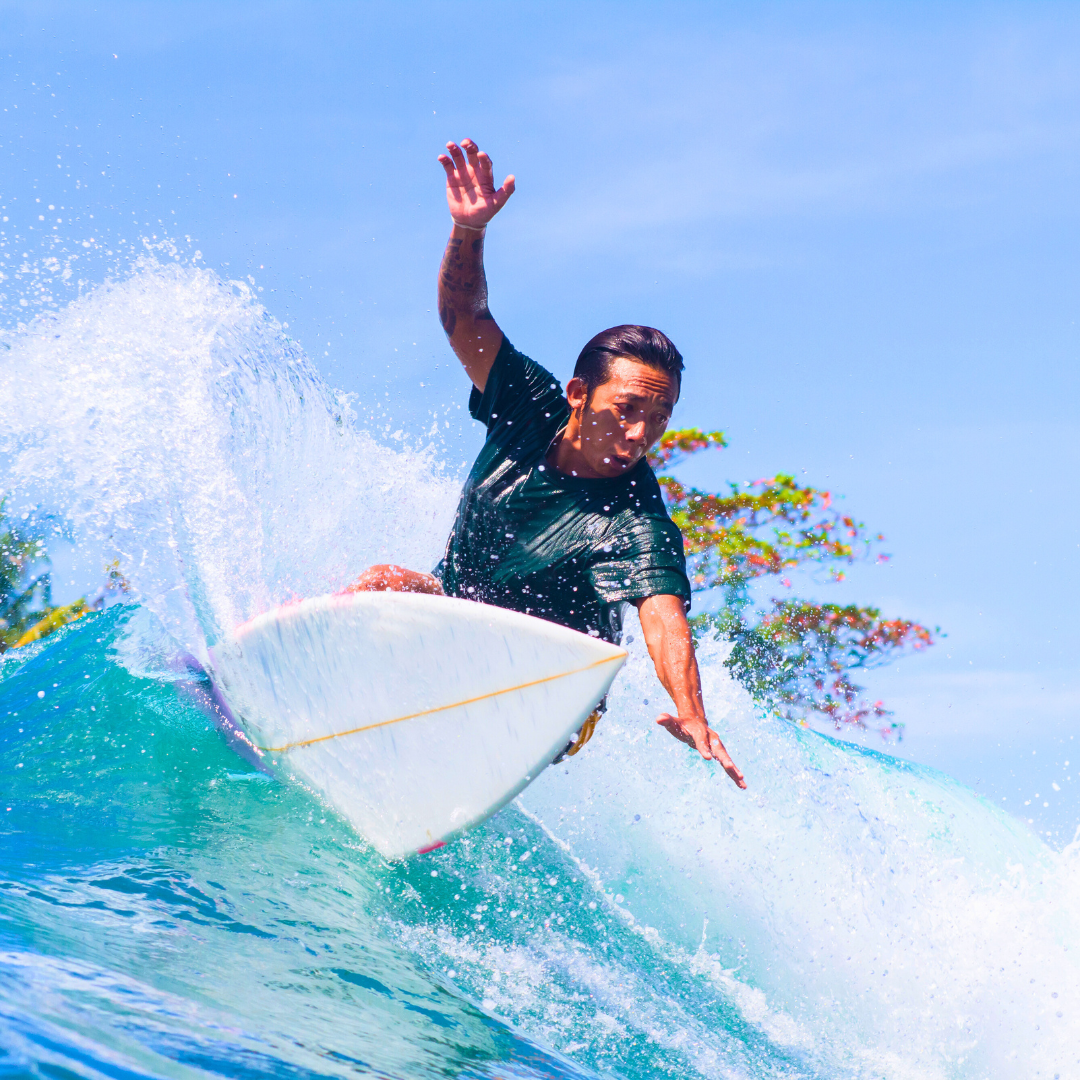
Could a “Top Golf for Surfing” Work? The Future of Indoor Wakesurfing
Share
Bringing the Ocean and Lake to the City
Imagine stepping into a sleek, high-energy venue where perfect, glassy waves roll through a massive indoor lagoon—every 30 seconds, on demand. The air smells like salt and sunscreen, your board is waxed up, and it’s always just the right temperature. No wind, no flat spells, no crowds fighting for waves—just you, your crew, and an endless set of waves dialed to your skill level.
This isn’t some distant dream. It’s the next wave of action sports innovation, and it’s closer to reality than you might think.
Indoor surf parks and wakesurfing venues could be the future of bringing high-performance waves into cities, making surfing and wakesurfing as accessible as a night at Topgolf or a few rounds at the local climbing gym. But is it possible? Could a "Top Golf for Surfing" actually work? Let’s dive in.
How Do You Build an Indoor Wave?
The biggest hurdle to an indoor surfing and wakesurfing park is obvious: the ocean doesn’t fit inside a building. But thanks to wave pool technology, that’s no longer an issue.
Artificial wave systems—like Wavegarden Cove, American Wave Machines’ PerfectSwell, and Citywave—have already proven that we can engineer perfect waves in a controlled environment. These surf pools can generate everything from mellow beginner waves to head-high barrels that even professional surfers train on.
-
PerfectSwell technology (used in New Jersey’s American Dream indoor surf park) creates customizable wave sets, meaning riders can go from smooth rollers to steeper, more powerful waves within a single session.
-
Wavegarden’s Cove system can produce 1,000+ waves per hour, accommodating multiple surfers and wakesurfers at once—just like the bays at Topgolf.
-
Standing wave systems like Citywave create an endless stationary wave, offering a compact and high-energy experience in urban settings.
For wakesurfing, the challenge is different but solvable. Traditional wakesurfing relies on a boat to generate a wave, but artificial wake systems are emerging that replicate the wake behind a boat in a controlled environment. This would allow wakesurfers to train year-round without needing a lake or boat access. Companies are already experimenting with wave pools designed to simulate wakesurfing conditions, and as this technology advances, indoor wakesurf parks could offer perfect wakes at the push of a button.
With indoor surf parks already popping up in New Jersey, Germany, and Switzerland, we’re seeing proof that engineered surf and wakes are here to stay. The next step? Making it mainstream.
Why Now? The Market Is Primed for an Indoor Surf & Wakesurf Boom
Surfing and wakesurfing are exploding. Since its Olympic debut in Tokyo 2021, surfing has seen a surge in interest, but many potential surfers never take the leap because of accessibility. Wakesurfing, on the other hand, is growing rapidly, but it remains limited to those with access to a boat and the right conditions.
-
Over 35 million people worldwide surf, but only a fraction live near consistent waves.
-
Wakesurfing is one of the fastest-growing watersports, yet it’s inaccessible to many due to high equipment and boat costs.
-
Urban action sports centers are thriving, from indoor ski slopes to wave parks in places like Waco, Bristol, and Melbourne.
-
Artificial waves solve surfing’s biggest problems—unpredictable conditions, weather, and travel time.
The idea of bringing engineered surf and wakes into major metro areas—Los Angeles, Austin, Chicago, Toronto—is a game-changer. Instead of planning an entire surf trip, people could catch waves after work or on the weekend, just like heading to Topgolf for a few swings.
For wakesurfing, an indoor venue would allow riders to train year-round, dial in tricks, and even participate in competitions without relying on expensive boats or lake access.
Challenges & What’s Next
Of course, there are hurdles to making an indoor surf and wakesurf park work.
The Big Challenges:
-
High upfront costs: Multi-million-dollar investments mean this model only works in high-density, high-income areas—at least for now.
-
Energy & water use: Wave pools use lots of power, but newer systems are improving efficiency. Sustainable surf parks (powered by solar & recycled water) could become the norm.
-
Safety & liability: Any action sport comes with risks. Good training programs and lifeguards will be key.
But the bottom line? The opportunity is massive.
We’re already seeing indoor surfing and wakesurfing concepts roll out across the world. The question is: who’s going to build the first fully realized “Top Golf for Surfing & Wakesurfing” experience?
If someone gets it right, this could be the next billion-dollar action sports industry.
Will We See Indoor Wakesurfing Take Off?
If we’ve learned anything from Topgolf, indoor skydiving, and artificial ski slopes, it’s that people crave experiences they can’t get anywhere else. And in a world where sports and entertainment are blending like never before, indoor surf and wakesurfing could be the next big thing.
